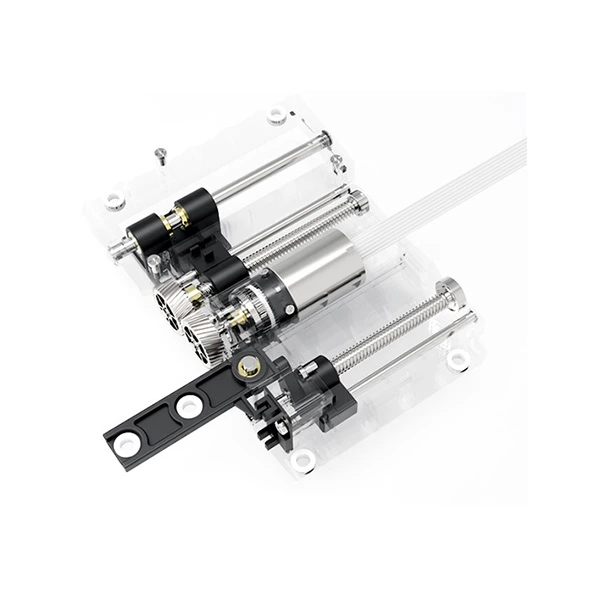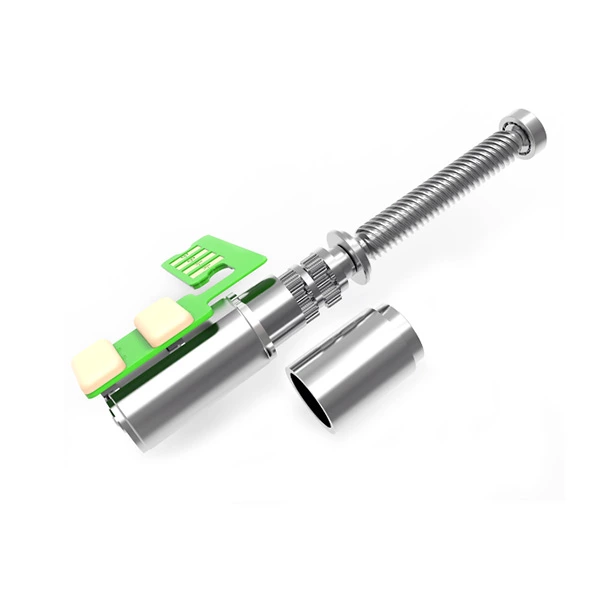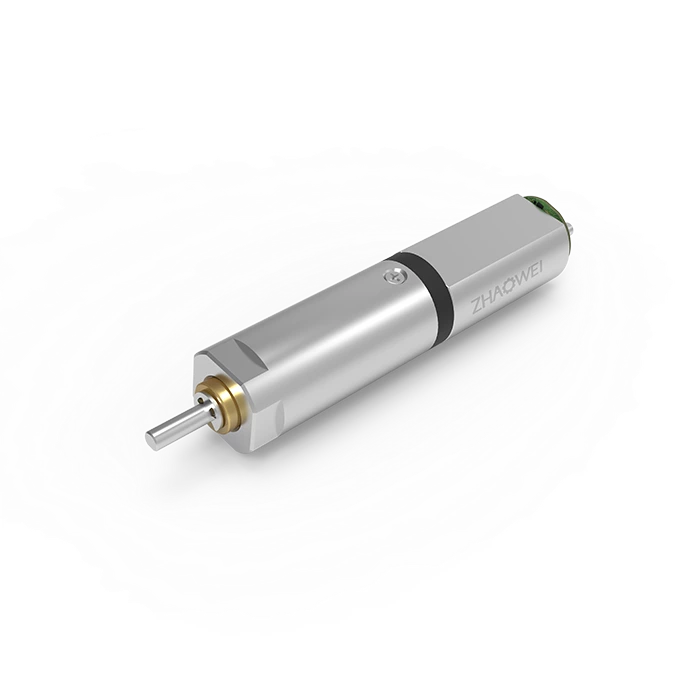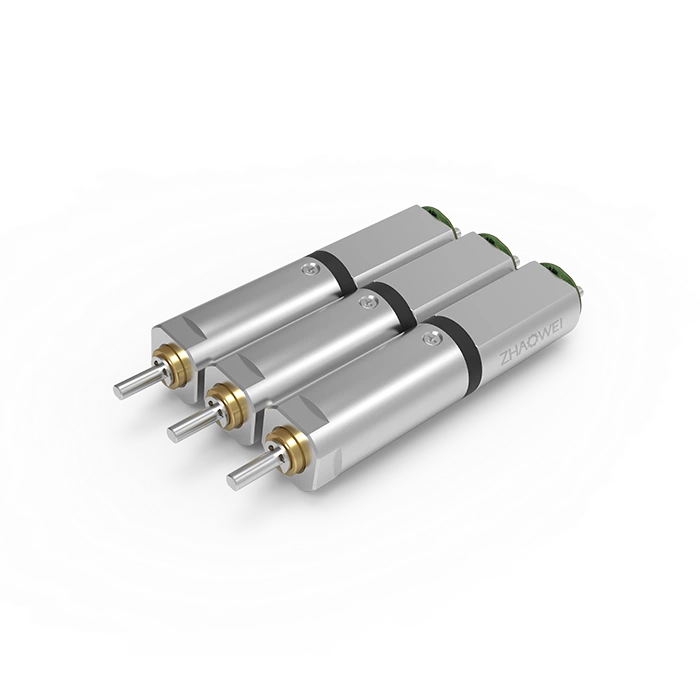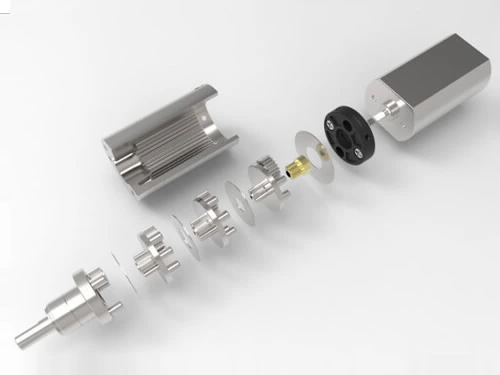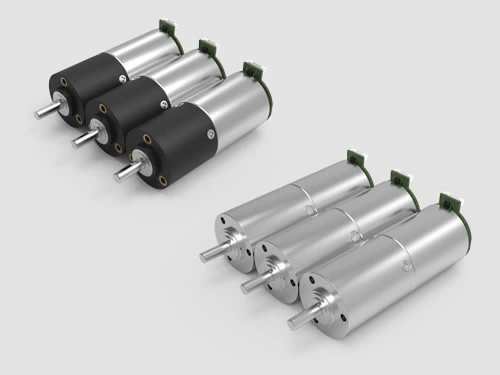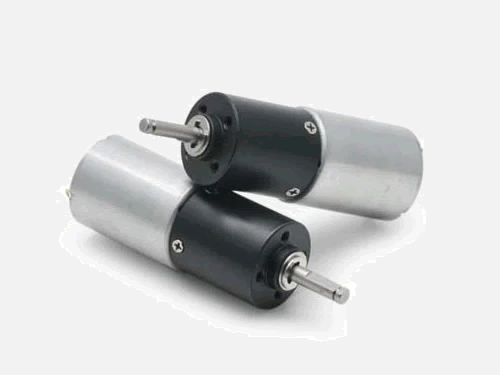What Is the Temperature Rise of Gear Stepper Motor?
As a digital actuator, gear stepper motors are widely used in motion control systems. Many users often report that the temperature rise of the gear stepper motor is relatively large when using the gear stepper motor. So, what is the temperature rise of the stepping gear motor?
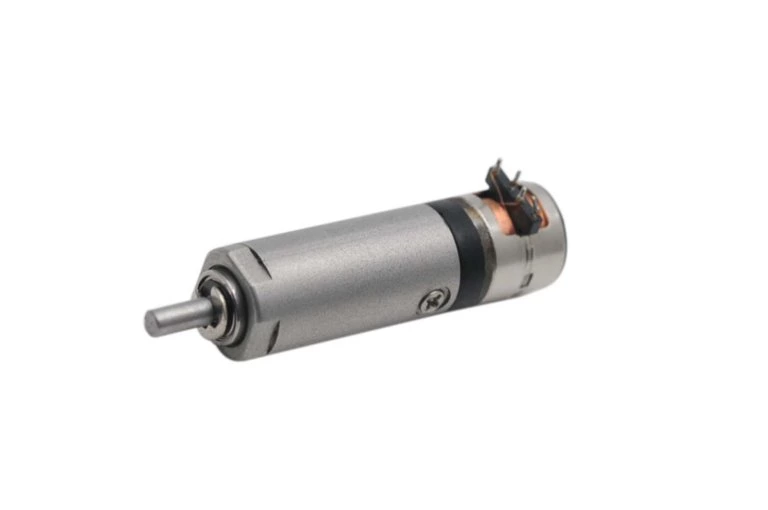
Reasons for temperature rise
All motors generate heat, but the range of temperature rise is different. Corresponding to the gear stepper motor, the inside is composed of an iron core and a winding coil. There is resistance in the winding, which causes loss when energized - we often call this copper loss. If the current is not a standard DC or sine wave, harmonic losses will also occur - this is known as iron loss. Both copper loss and iron loss will be expressed in the form of heat, which affects the efficiency of the gear motor. Stepper motors generally pursue positioning accuracy and torque output. The efficiency is relatively low, the current is generally large, and the harmonic content is high. It also generates heat when gears mesh. The frequency of alternating current also changes with speed adjustments, resulting in a wide range of gear stepper motor temperature rise.
The reasonable range of temperature rise of gear stepper motors
The extent motor heating mainly depends on the internal insulation level of the gear motor. The general insulation level of the gear stepper motor is Class B, so as long as the internal does not exceed 130 degrees, the motor will not be damaged, and the surface temperature will be below 90 degrees.
Temperature-rise test process
Choose a suitable heat sink according to the size of the motor base, and connect the motor to the heat sink. The motor and the bracket are fixed by a heat sink, and the part between the bracket and the heat sink is a nylon insulation board. Place the sensor on the surface of the gear stepper motor, and then pass the motor through the rated conditions to test the surface temperature of the motor.







